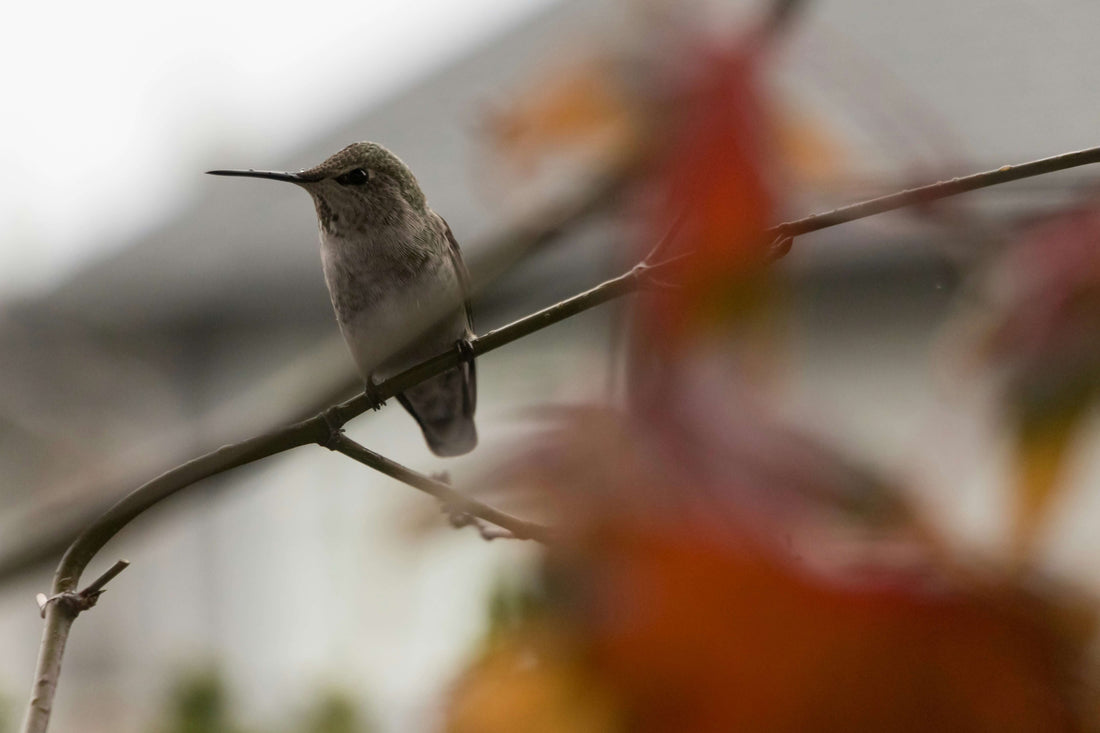
When Should You Take Down Hummingbird Feeders This Fall?
Share
When Should You Take Down Hummingbird Feeders This Fall?
As autumn deepens and nights turn crisp, hummingbird lovers start wondering when it’s time to take feeders down. The answer depends on where you live and which species visit your yard.
Watch the Birds, Not the Calendar
Hummingbirds don’t leave on a set date. They migrate when instinct and daylight tell them to go. Keep your feeders out for two full weeks after you see the last bird. Late travelers and young birds rely on those extra sips of nectar during long flights south.
Regional Timing Guide
| Region | Typical Departure |
|---|---|
| Pacific Northwest | Late September–October |
| Southwest | October–November |
| Midwest & Plains | September |
| Northeast | Early–Mid September |
| South & Gulf States | November–December |
If you’re in coastal California, Arizona, or Texas, keep one feeder up all winter—a few Anna’s and Black-chinned hummingbirds may stay year-round. We live in Washington State and always leave ours up — winter is when we enjoy Anna's Hummingbirds the most!
Clean Feeders Before Storing
When migration wraps up, wash feeders with warm water and vinegar. Rinse well, dry, and store upside-down. This prevents mold and saves you time come spring.
Keep an Eye Out for Stragglers
Sometimes a single bird lingers late or overwinters. If temperatures stay above freezing, leave at least one feeder available. Your vigilance could make a life-saving difference. Learn more about their migration habits on Wikipedia.
FeatherFuel Tip of the Week
Keep one feeder filled with FeatherFuel Fresh Nectar until two weeks after your last sighting — it stays crystal-clear longer, helping late migrants refuel safely.

